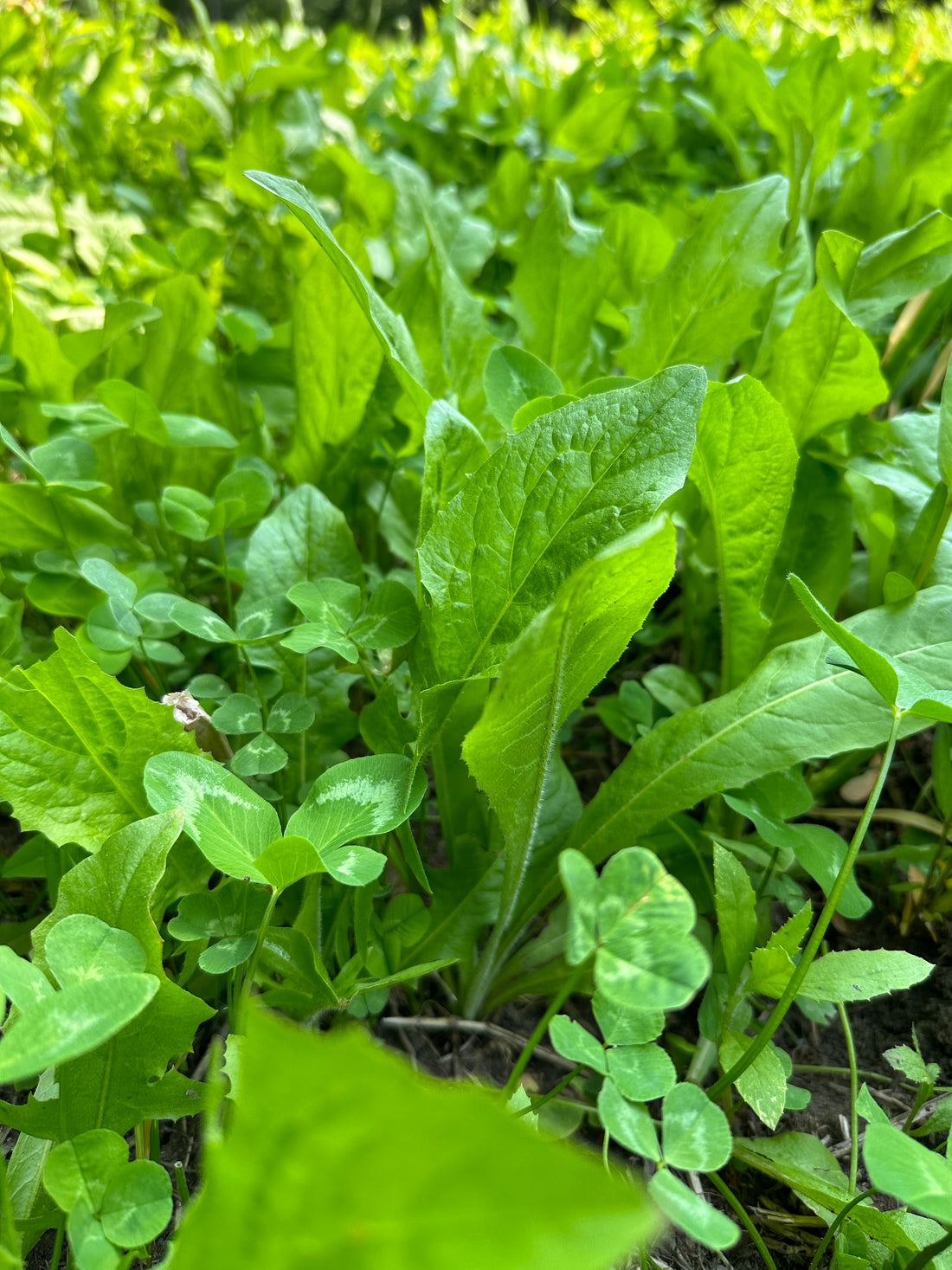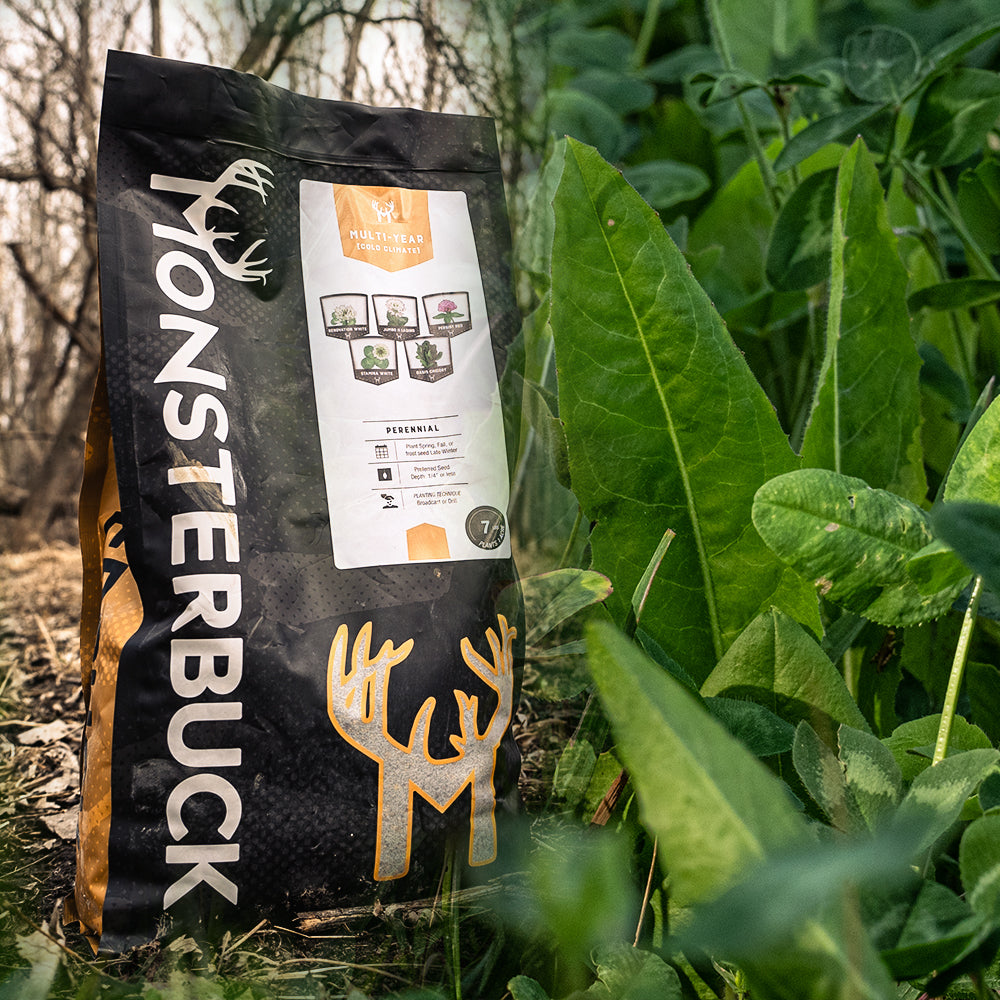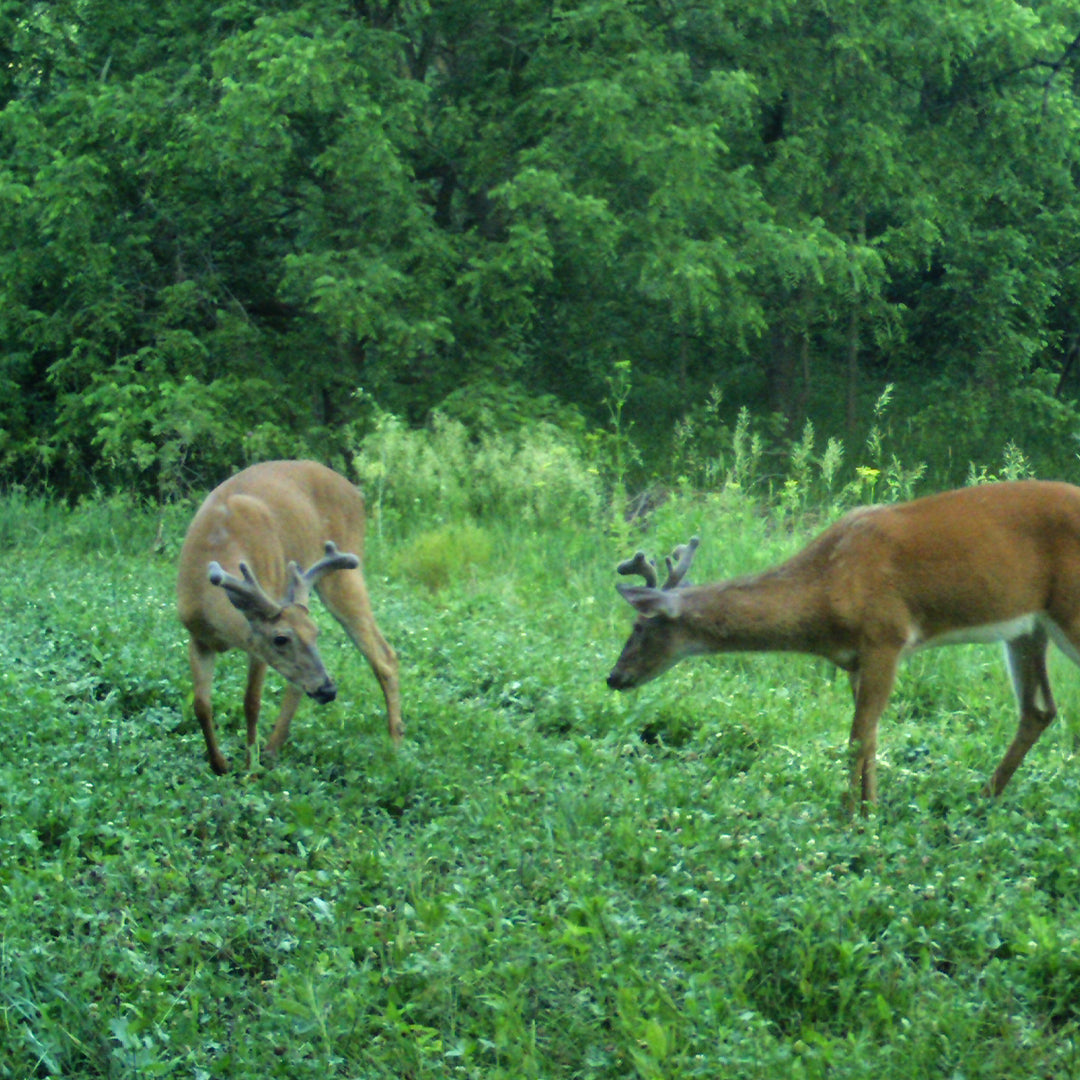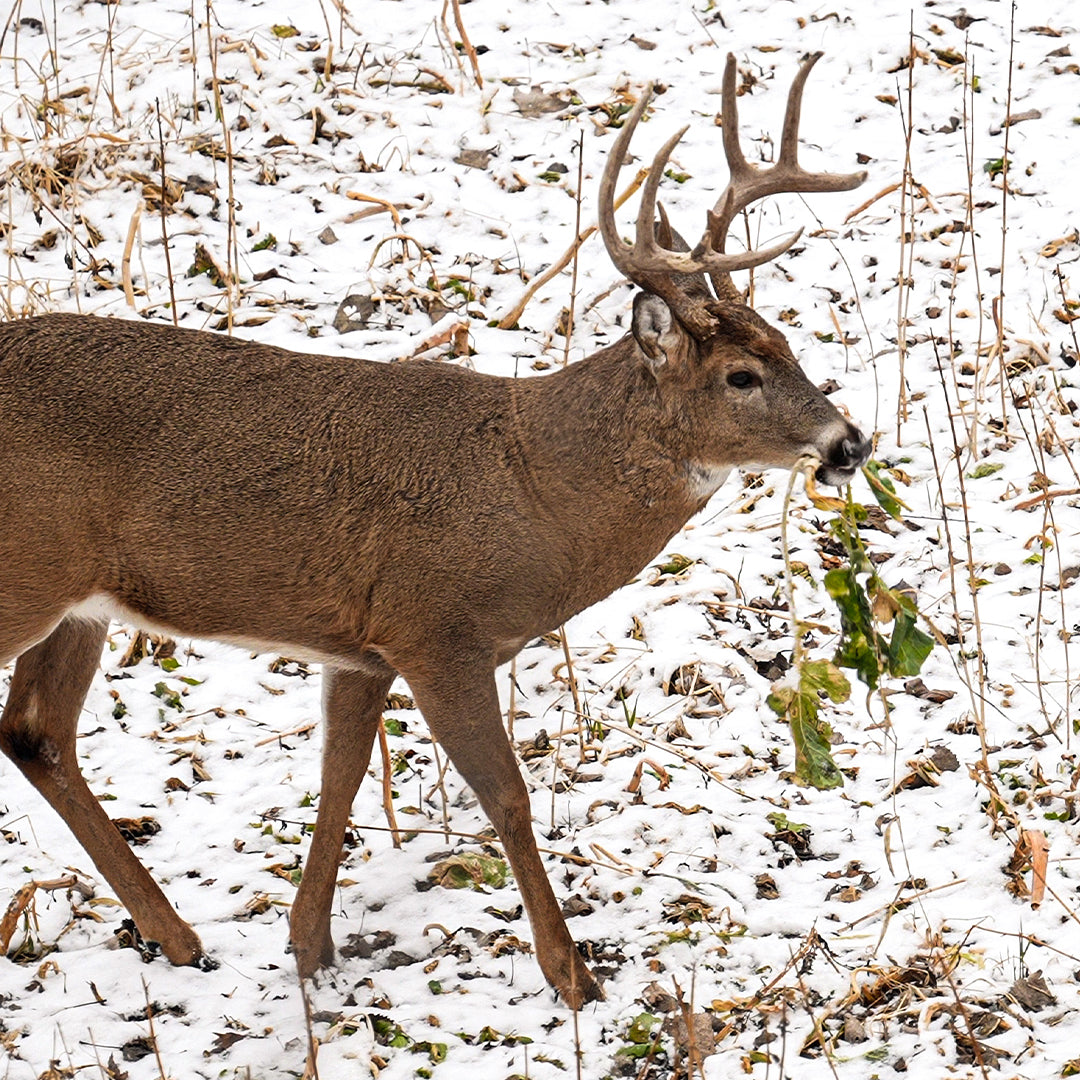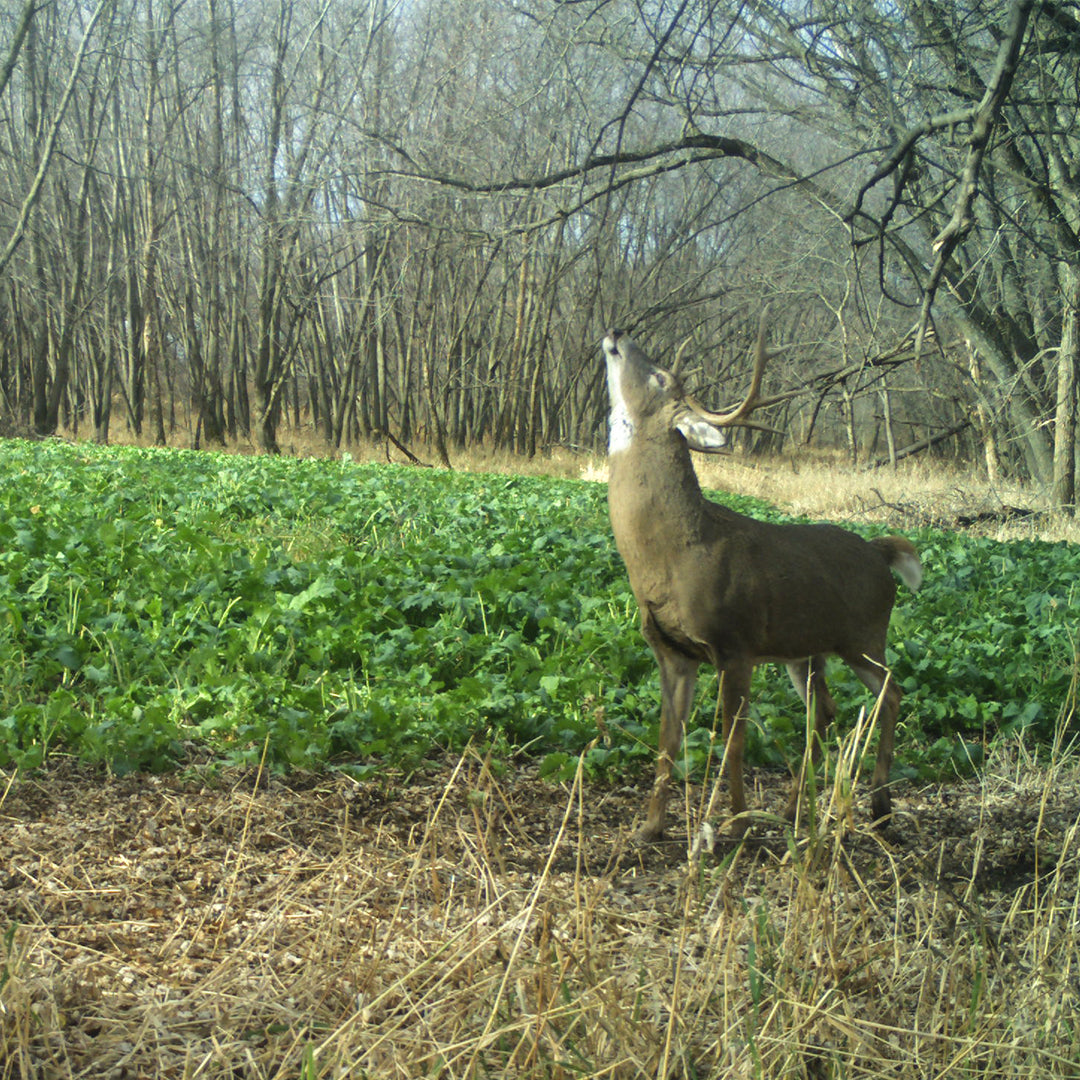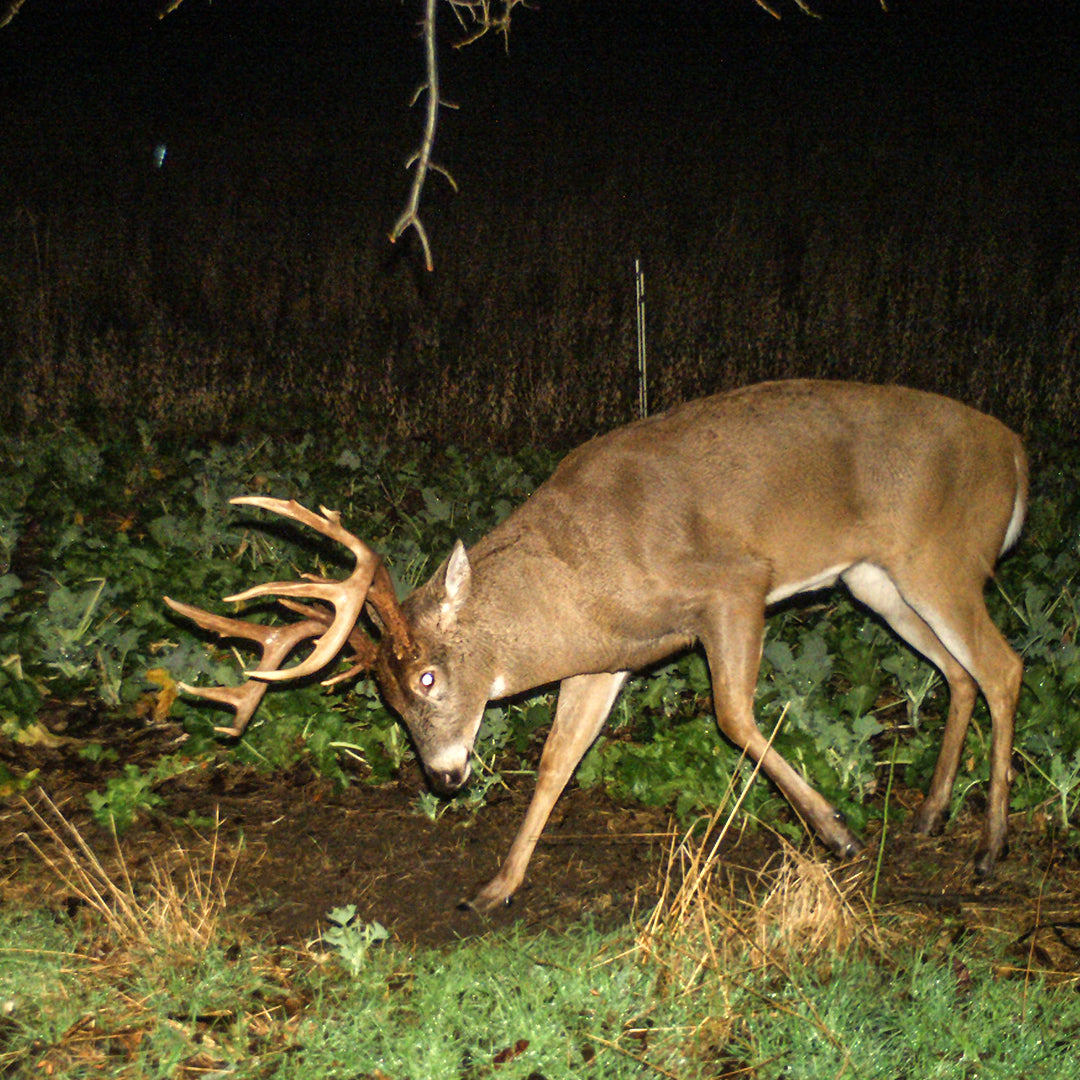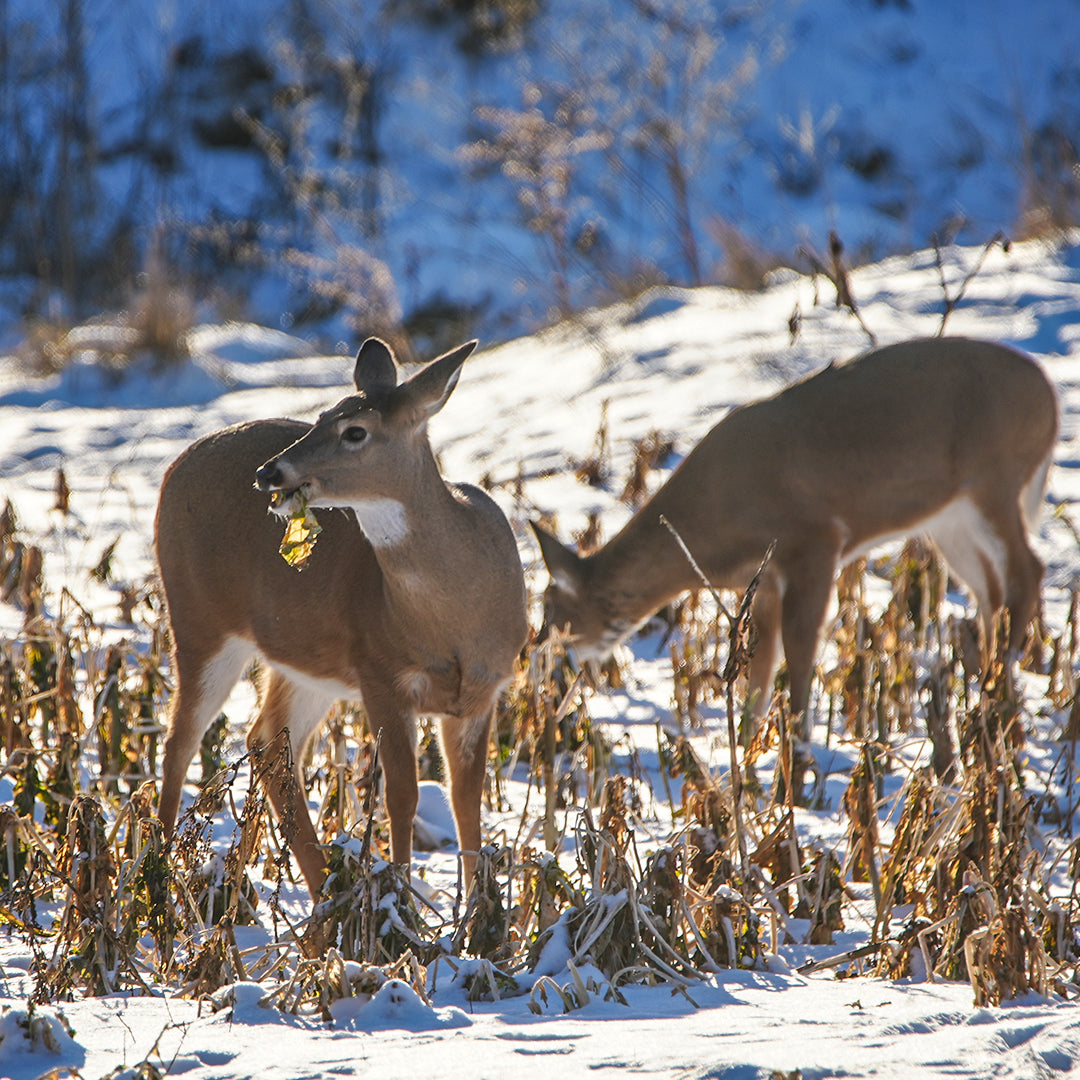
Plot Preparation
Preparing your plot for seed: everything done here will affect your outcome down the road in a few months. Sounds simple to just clear and plant but that’s missing a few steps.
First, a clean, debris free, weed free and level surface is ideal. May not happen but that’s the ideal surface. Just how to get there is the question. And while you're doing this, guess what, it's a great time to get a soil test.
Those facing a lack of equipment, well, it can look overwhelming. So you will need to overcome this with your time. Start off with your vision of the finished project, then break it down to small projects, weekly or monthly. You’ve got a few months to chip away at it. Even with limited tools such as a chainsaw, a weed eater (with brush blades), brush axes, ATV's and friends' help. It may take longer but you can still have a great food plot.
Clear and drag debris to a non-game use area if possible. You can also use the debris to block/screen/detour deer from using unwanted areas around your stand. It helps create more of the funnel effect for an easier shot.
As for the more equipment crowd, y’all can just jump in and go town. Often times the biggest dilemma is with tree stumps and whether to remove them or not. If you start plucking them out you're creating big holes that will need to be filled. Do you have dirt and can you get it there. That’s the riddle to solve. If you're leaving them then you need to determine your planting method. Tiller and no till drill people will probably benefit by leaving them up a little taller so they’re visible. Maybe you choose to apply Tordon RTU to finish the stump off or not to and let it sprout and have a extra attraction when the deer find the sprouts. You have options.
After debris clearing and plot shaping you need to look at getting rid of the weeds and new growth that will shoot up. Typically, I find this best as a two-stage operation. Fire can be an operation, but herbicide is the main go to. With herbicides, read the labels/sds sheets on the containers, and use the recommended surfactant or crop oil if required. Be sure to use the appropriate measuring device for what you're using. Liquids are liquids but powdered stuff comes with their own measuring cup, and they are not calibrated the same as liquid or other powdered stuff for the most part. 1 oz of one brand can occupy a different volume of the measuring cup than another brand's measuring cup. Really easy to mess up. Also check and see how long you need to wait after applying it before you can plant seed. Many things are still ground active several weeks after application. Some stuff is contact only and doesn’t have that residual effect. Also look at the amount you can apply per year. After your initial herbicide application, I like to wait a week or so and see what else came up and take care of the new growth with a contact killer like glyphosate. Sounds complex but it is remedied by reading and following the label.
Now you're ready to prep your soil. No matter how you choose to work the ground, remember that the seed grows the same if your 100k in debt or the richest person in the world. It doesn’t know and doesn’t care how it gets dirty. Now is the time to start adding your lime and fertilizer. With lime, there are various types and they get the jobs done at different rates. To keep that brief. Ag lime probably last longer and is the slowest to work. Pelletized lime doesn’t last quite as long but works a little quicker. Liquid lime/calcium works really fast and helps but is not a lime replacement. If you have the means I suggest doing both either a ag or pellet lime and using a liquid. After applying your lime as recommended by the soil test, get your fertilizer down. Following that, you can then work your dirt however you’ve chosen to. I prefer to wait a week before actually planting after that just so the everything has had a chance to spread into the soil and my seeds have something to help feed them when they begin to sprout.
Things to consider:
Lime logistics.
Ag lime is harder to spread, may not be easy to get the cheaper bulk loads to your spot. Pelletized lime a little more expensive but easier to spread. A broadcast spreader can be used. Liquid lime requires having water and something to spray with. Much like seeds it doesn’t know if you have grandmas flower sprayer or a new hi-boy.
Useful hand tools for the job:
Chain saws, hand saws, brush axe, machete, pick axe, shovels , Tru temper double tined rake, landscaping rakes, weed eaters, weed eaters with Renegade brush blades (brush blades that are good for woody stuff aren’t great for weeds), tillers (watch for roots and stumps they’re great for blowing belts and shear pins and gears), blowers are much easier than raking debris, wheel hoes and their attachments, ATV's and ATV implements, pole saws and maybe even need a shotgun and turkey choke for those hard to reach limbs! Just a few examples of useful equipment, don't let that be an excuse for poor plot preparation.

